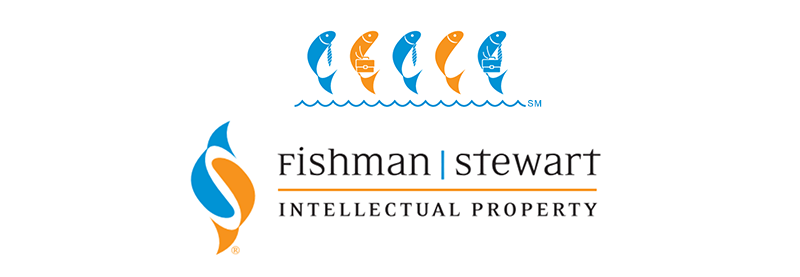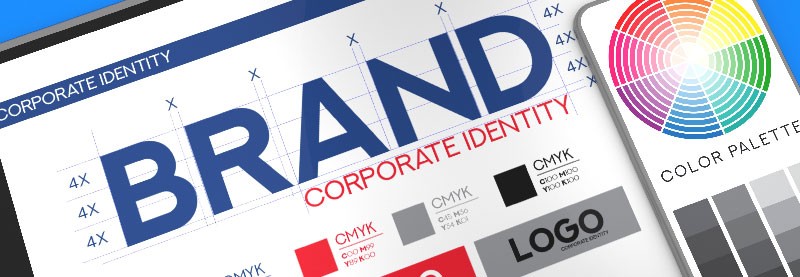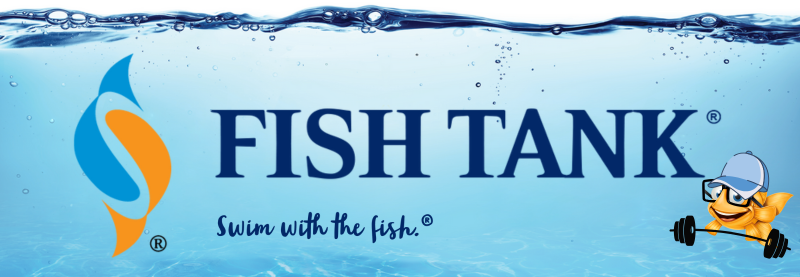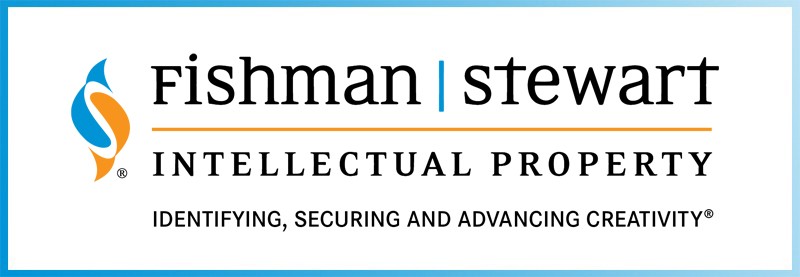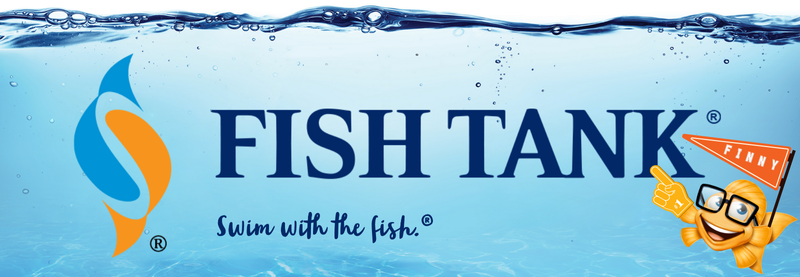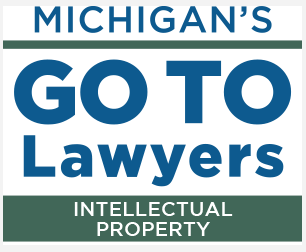Intellectual Property Insights from Fishman Stewart
Mini Article – Volume 22, Issue 20
Share on Social
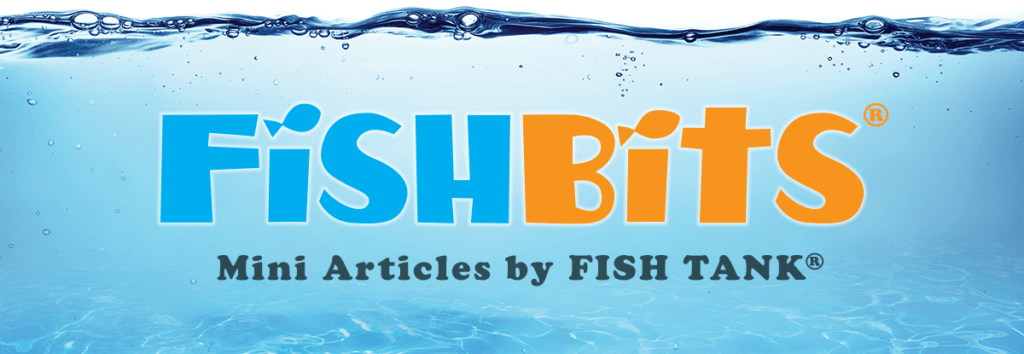
Trademark the Rainbow
You may have heard someone say that a company owns a color. Perhaps you have heard that Louboutin owns the color red, or that Tiffany & Co. owns robin’s egg blue. And while there is some truth to these statements, they are not entirely accurate.
Trademarks are an important aspect to a business’ success. Trademarks potentially are anything that could be perceived by consumers to identify one merchant’s goods and to distinguish those goods or services from the goods of other merchants, including words, letters, logos, other designs, sounds, scents and, last but not least, color. Indeed, the Supreme Court held in 1995 that colors could be protected and registered as trademarks under certain conditions.
Did you buy a high-heel shoe with a contrasting red sole? You know it is a Louboutin shoe. Have a package delivered by a brown truck? Your package was delivered by UPS. Receive a diamond ring that came in a blue box? That ring is from Tiffany & Co. Here are a few examples of colors registered as trademarks with the US Patent and Trademark Office:

It is important to note that just because a color is registered as a trademark, this does not give the trademark owner exclusive rights to the color for all goods and services. For example, Louboutin has a trademark registration for the color red for a “lacquered outsole on footwear that contrasts with the color of the adjoining (“upper”) portion of the shoe” for “women’s high fashion designer footware.” You can read more about the history of the famous red heel shoe here.
However, Louboutin’s right to the color red is contrasted with the rights of Coca-Cola’s red on beverage cans, Target’s red (in its logo) for a general retail store, and Campbell’s red on its soup cans. The extent to which a trademark owner can prevent others from using its mark, including a color mark, is limited to cases where the concurrent use of the parties’ marks would create a likelihood of confusion among consumers in the marketplace. In the above examples, each of Louboutin, Coca-Cola, Target and Campbell’s use their color red in sufficiently different markets that consumers are not likely to be confused, , for example, that Louboutin’s red-soled shoes originate from, are sponsored or are in some way associated with Coca-Cola, or visa versa. Similarly, it is unlikely that consumers would be fooled into thinking they are purchasing a can of Louboutin’s tomato soup, or Campbell’s pointy pump with 100 mm stiletto heel in size 38. In contrast, the parties’ markets were much closer in the case of Louboutin v. Yves Saint Laurent, both in the designer apparel field, where the U.S. Court of Appeals for the Second Circuit recognized Louboutin’s trademark rights in its red soled shoes, but was not willing to extend Louboutin’s rights to YSL’s sale of a monochromatic red shoe where both the sole and the remaining parts of the shoe were red.
As more companies continue to adopt color-centric branding, we may see even more colors of the rainbow become protected as trademarks. As with any other type of trademark, brand owners should be aware of the potential for protecting their own colors, and the options for diligently enforcing their rights.
Melissa M. Chapman is an associate attorney at Fishman Stewart and hopes one day to have a closet full of Louboutin shoes. Check out her full bio here.
Published October 5, 2022
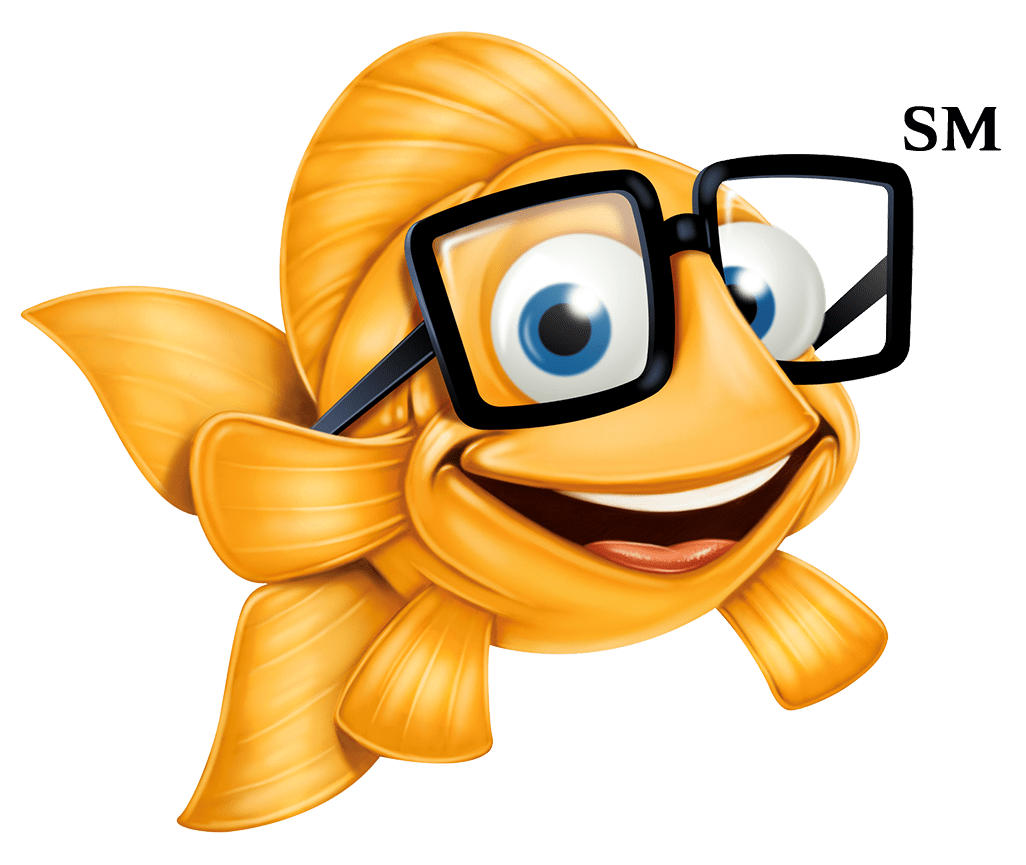

Fishman Stewart Sponsors ESD’s Student Writing Contest Scholarship
Fishman Stewart PLLC is proud to sponsor a $1,000 scholarship for the winner of The Engineering Society of Detroit’s (ESD) Engineering Student Writing Contest. The contest was created in an effort to promote and engage student voices and ideas about the profession of engineering.
The contest is now open to all students attending accredited Michigan universities and studying within any of the engineering disciplines or related technical and scientific fields. The top three entries will be published in the January 2023 issue of the ESD’s TechCentury magazine. The top award-winning essay author will receive recognition at the 2023 ESD Gold Award Reception and a $1,000 scholarship sponsored by Fishman Stewart.
Click here for more information about the Engineering Student Writing Contest and to download the contest entry form.
Related Content from Fishman Stewart
By 1930, efforts began in New York to replace Mother's Day with Parent's Day because men were more than just breadwinners. Those efforts didn't catch on, probably because in that era, women often spent more time in the home.
In February, Nike and Skims announced that they will be working together on a new brand, NikeSkims. The co-brand will create a new line of training apparel, footwear, and accessories specifically designed to meet the unique needs of women athletes.
Generally, federal courts have exclusive jurisdiction over copyright cases, and often, this presents an insurmountable paywall for individual artists and small businesses to vindicate their rights, especially where the value of the individual copyrighted works are relatively low.
Dedicated to raising public awareness about the importance of encouraging innovation and creativity throughout the world, the World Intellectual Property Organization (WIPO) annually observes World Intellectual Property Day on April 26 to showcase the role that patents, trademarks, industrial designs, copyrights and trade secrets play in our everyday lives.
Hold onto your foam fingers, sports fans – college sports just got a whole lot more interesting! The latest updates to Name, Image, and Likeness (NIL) rules are making student-athletes bigger than ever, and it’s not just about the game anymore.
Did a federal court in Louisiana recently decide that US copyrights are global rights? It seems so.
One of his most famous songs, “Lose Yourself” was recently at the center of a lawsuit. In 2019, Eminem’s publishing company Eight Mile Style sued Spotify claiming that Spotify streamed a number of its musical compositions without proper licenses.
One of the most common challenges is whether AI should be free to train on data that is protected by copyright and owned by third parties without first obtaining permission.
The U.S. Copyright Office (USCO) recently published its latest report on AI and “copyrightability.” In short, the USCO considers only some AI-generated works to be sufficiently creative as to deserve copyright protection, and thus, registration.
Back in the 1940’s assignments by independent contractors could be permanent and irrevocable. Things changed in 1976, when Congress overhauled the Copyright Act.
IDENTIFYING, SECURING AND ADVANCING CREATIVITY®
